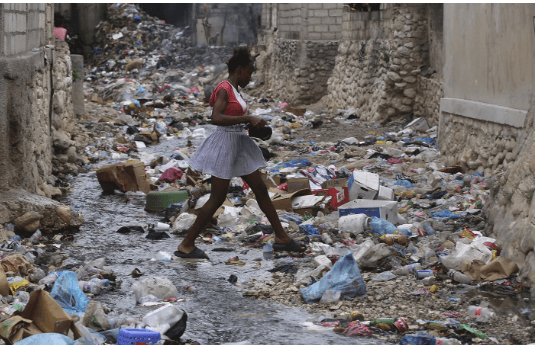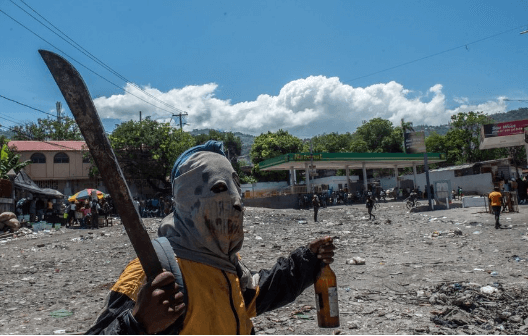Map:1lp23l7gds4= Haiti

The map designated as Map:1lp23l7gds4= Haiti a comprehensive view of Haiti’s complex geography, presenting a juxtaposition of its vibrant urban centers and the challenges faced by its rural areas. This visual representation not only highlights key locations such as Port-au-Prince and Cap-Haïtien but also brings to light the infrastructural hurdles that affect agricultural productivity and healthcare accessibility. As we explore the implications of this geographic data, it becomes evident that a deeper understanding of Haiti’s landscape is essential for fostering sustainable development and addressing the historical context that shapes its present.
Overview of Map:1lp23l7gds4= Haiti Geography
Haiti, an island nation located in the Caribbean Sea, occupies the western third of the island of Hispaniola, which it shares with the Dominican Republic.
The Haitian topography is characterized by mountainous regions and coastal plains, influencing local climate patterns.
Read More Clipart:9fzzzmsguz0= Soup
These patterns include a tropical climate with distinct wet and dry seasons, critically impacting agriculture and water resources essential for the population’s sustenance and economic development.
Key Urban Centers in Haiti
Located on the western third of Hispaniola, the key urban centers of Map:1lp23l7gds4= Haiti play a pivotal role in the nation’s socio-economic landscape.
Port au Prince development drives economic activity and infrastructure improvement, while Cap Haïtien tourism showcases Haiti’s rich cultural heritage and natural beauty.
Together, these cities significantly influence employment opportunities, regional trade, and the overall prosperity of the nation.

Rural Areas and Their Challenges
Rural areas in Map:1lp23l7gds4= Haiti face a multitude of challenges that hinder their development and exacerbate socio-economic disparities.
Agricultural development is stifled by infrastructure challenges, limiting market access and productivity.
Healthcare access remains inadequate, contributing to poor health outcomes.
Education disparities further entrench poverty, while limited economic opportunities hinder growth.
Additionally, environmental issues, including deforestation and soil erosion, threaten sustainability, compounding these challenges.
Historical Context of the Map
A comprehensive understanding of Map:1lp23l7gds4= Haiti historical context is essential for interpreting its current geographical and socio-economic landscape.
The nation’s colonial legacy profoundly shapes its societal structure, while diverse cultural influences have fostered a rich, yet complex identity.
Read More Clipart:9rjuh4apmm8= Cave
This interplay between history and contemporary realities reveals the ongoing struggles for autonomy and development, highlighting the need for informed dialogue around Haiti’s future trajectory.
Conclusion
In conclusion, Map:1lp23l7gds4= Haiti harmonious blend of highlands and lowlands underscores a complex interplay of urbanization and rural adversity. The juxtaposition of vibrant urban centers against the backdrop of struggling rural communities highlights the ongoing challenges faced in infrastructure and development. Addressing these disparities is essential for fostering future progress. Ultimately, Haiti’s rich historical tapestry and geographical diversity demand dedicated dialogue and dynamic solutions to ensure sustainable growth and resilience in the face of adversity.




